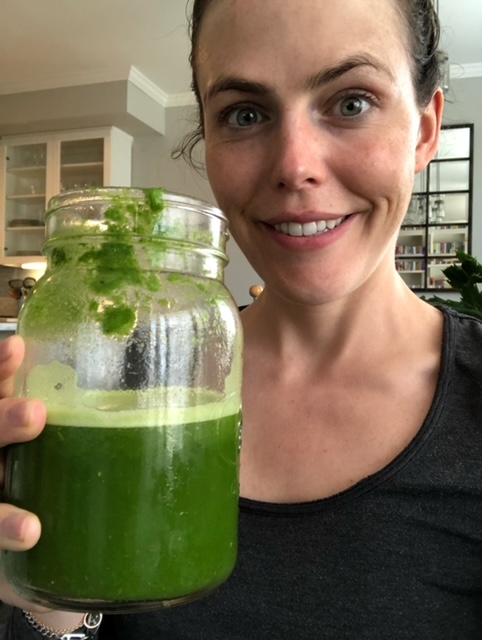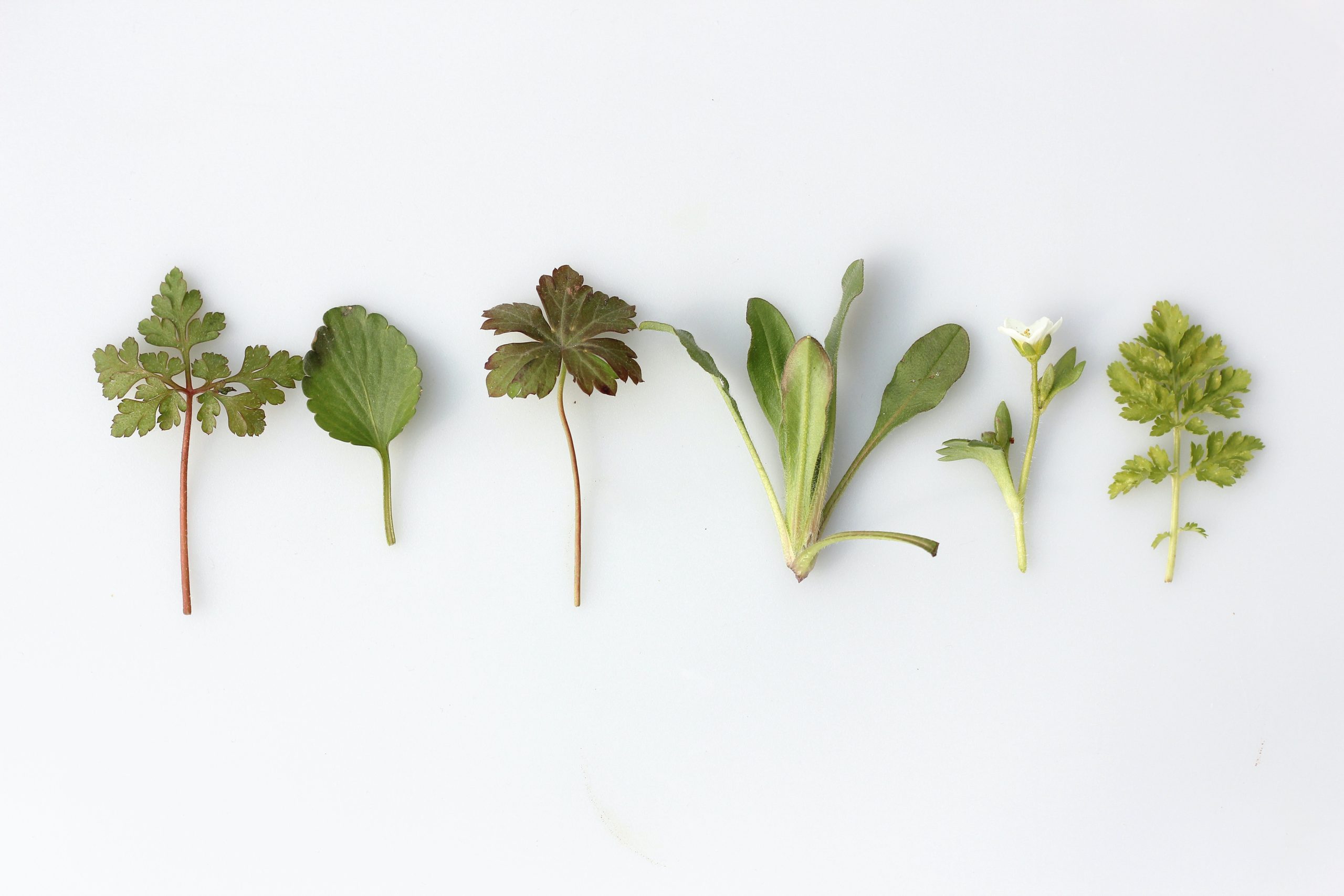GREENS – why we need ‘em and how to cook ‘em
Despite all the fad diets, influencers promoting meal plans, and supplements promising certain body transformations, there is one thing almost any nutritionist, medical professional or health coach can agree on — we all need to eat more greens. Yes, those leafy green vegetables we always see in the produce section of our local grocery store but aren’t quite sure what to do with. For many of us, this guidance sounds a little frustrating — we know leafy greens are a superfood so beneficial to our health, but how the heck do we consume more when we don’t know how to cook them, how to store them, and honestly how to make them taste appealing to those with a more limited palette. Some of my favorites are kale, spinach, microgreens, watercress, chard, arugula, radicchio, broccoli rabe and cabbage to name a few.
Before we dive into how to get more greens in our diets, let’s do a refresh on just why it is so important to consume leafy greens every day.
- Fiber, fiber, fiber — Leafy greens are very high in fiber, which means regular bowel movements, balanced blood sugar levels, lowered cholesterol, body weight stability, reduced risk of heart diseases and a flourishing microbiome.
- FUN FACT – One extra serving of greens per day can lower the risk of cardiovascular disease by 11%.
- Micronutrients — Lots of fitness professionals and diets these days tend to “count macros”, however, micronutrients are just as important but don’t get nearly the same buzz. Micronutrients are all the vitamins and minerals that can be found in food, and many key body functions like energy production, immune strength, bone health, etc. rely on micro’s for fuel. Leafy greens are naturally very high in vitamins A, C, K and the mineral potassium.
- FUN FACT — Over 40% of Americans are deficient in vitamins A, C, K, E, calcium, magnesium, potassium, manganese and fiber, all of which are in greens.
- Antioxidants — This is another sexy buzz word that so many menus and ingredient labels love to throw around. But what do antioxidants actually do? At a high level, antioxidants fight free radicals, which are molecules that damage cells in the body and cause long term damage leading to things like heart disease and cancer. Leafy greens are naturally packed with antioxidants.
- Calories — I don’t like to promote unnecessary calorie counting, but for those out there that are mindful of calories, leafy greens are unique in that they pack a nutrient dense punch for a calorie-light food. One cup of spinach contains just seven calories.
- Immune function – The rich beta-carotene and vitamins C and A found in greens help the immune system stay strong and keep seasonal bugs away.
- Type 2 diabetes – The high levels of magnesium and low glycemic index that can be found in leafy greens are ideal for preventing and treating diabetes.
Now that we have covered some of the top benefits of leafy greens, let’s move on to how you can actually increase your consumption without having to eat bland, wilted spinach.

Loving some homemade green juice — thick with all the extra fiber rich foam 
Nomming on some crunchy homemade veg rolls
- Grate fresh ginger — My personal favorite way to eat more greens is to buy a head of organic curly kale, tear up the leaves into 1” pieces, drizzle with olive oil, salt and paper, then grate some fresh ginger on top. Slowly sautee the greens without burning, and the ginger will give the greens a zingy gingery taste with a little bit of crispy ginger mixed throughout. This can be a great side dish or replacement for grains.
- Sprinkle nutritional yeast – Nutritional yeast is a wonderful way to season food. Packed with B vitamins, nutritional yeast also contains all nine essential amino acids, making it a complete protein like those found in animal products. With a natural cheesy taste, I like to roast greens in the oven with olive oil, salt and pepper and a hefty sprinkling of nutritional yeast on top.
- Cook with cinnamon and fresh thyme – This one may sound like an odd combination, but I love roasting my veggies with fresh thyme leaves and a sprinkle of cinnamon. Besides the delicious smell it will give your kitchen, this combination gives your leafy greens a bit of sweet and savory flavoring. Similar to cooking with nutritional yeast, just roast in the over with oil and salt and pepper, then season with thyme and cinnamon as much as you want.
- Saute in grass fed butter with fresh lemon —Many leafy greens are fat-soluble so cooking in a healthy fat will increase the flavor in addition to helping the body better absorb the nutritional profiles of greens. Furthermore, for those of us who are sensitive to GI upset, raw greens can sometimes be too tough to digest. Moving away from raw salads to slow cooked sauteed greens is easier for many to digest.
- Blend into smoothies/smoothie bowls — During the warmer months, incorporating greens into refreshing smoothies and juices is an easy addition without changing the taste too much. Greens in smoothies can be balanced with fats like nuts, seeds, coconut butter, avocados, milks, etc. Just make sure to keep the ratio of vegetables to fruits in check with more vegetables than fruits so it remains low on the glycemic index (low sugar!)
- Eggs and greens are BFF’s — Going forward a rule of thumb can be to never make eggs without incorporating greens. Scrambles, omettes, or egg muffin cups like this one (add ground turkey for added protein), all provide easy ways to weave more greens in. Add a bit of fat to make these dishes complete — avocado slices, goat cheeses, or cook with a high-quality EVOO.
- Switch starchy sides for a bed of greens — Instead of serving a meal over pasta, rice or bread, think about replacing that with (or atleast adjusting your ratios) a meal served over cooked greens. Season with ginger, lemon or fresh herbs to give the greens a unique taste.
There are so many varieties of leafy greens it is hard to go wrong. Explore a little next time you are at the grocery store and sample a few different greens until you find ones you enjoy cooking and eating. If you are shopping on a budget or worry about using before they go bad, buy frozen organic greens – spinach and kale are most available. Throw a handful into any meal and the best part is they will stay fresh in the freezer for months to come.
Comment below with any questions, or let me know which greens you are loving.
In good health,
Lizzie

Leave a Reply Cancel reply
Copyright © 2022 Gut Feelings Nutrition, LLC. All Rights Reserved.
Website Design by K Design Co.